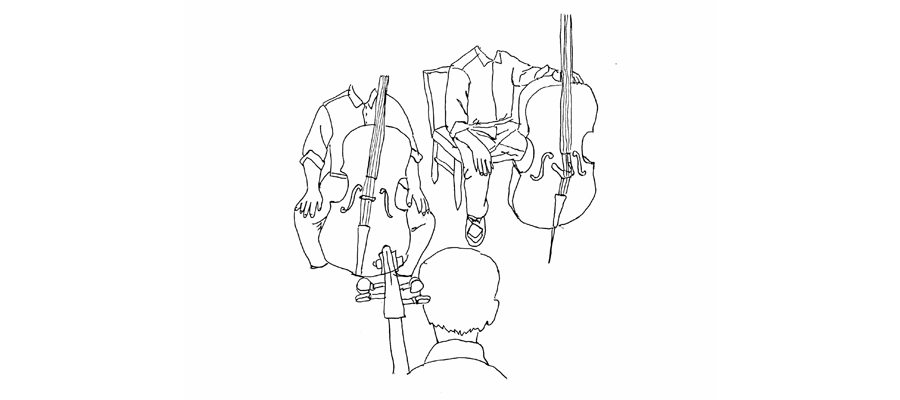
“Instrument—Body”
Watch Instrument—Body videos on the Center for the Arts YouTube channel.
Instrument—Body
by Ethan Philbrick
What is an instrument? Often defined broadly as a tool or an implement, instruments are thought of as objects of use, supposedly inert things that extend or enhance the capacities of a person, player, or operator. In science and medicine, an instrument is something used to measure or observe. In artistic practice, an instrument is an object or device used for producing sound.
Yet in practice, instruments tend to complicate the distinction between subject and object, person and thing. Instruments blur into bodies and bodies become instruments. Persons are made into things and things are personified. The term instrument becomes the verb “to instrumentalize” in order to mark how persons render other persons objects of use. The branch of musicology devoted to the study of musical instruments is called organology, marking a resonance between musical organs (such as a Hammond B3 organ) and bodily organs (such as a kidney). These complications open onto a series of questions: Are instruments inside or outside the body? If an instrument is outside the body, what kind of object is it—a fetish? A prosthetic? An extension? A tool? A commodity? A technology? If the instrument is part of the body, who plays it? If a body is rendered an instrument by another body, how might the played also play the player? What kinds of forces do instruments enact on their players?
As these questions make clear, to think closely about instruments and instrumentalization is necessarily to reckon with gendered and racialized histories of objectification and forced labor under white supremacist patriarchal capitalism and to engage with the violent histories of persons being rendered property, objects, and tools. It is also to encounter practices of resistance and refusal that exceed and surround these regimes of domination and to engage with how instruments, and those who have been rendered instruments, outdo and undo the manipulation of their operators.
“Instrument—Body” was a course and performance series at Wesleyan University during the fall 2023 semester aimed at co-investigating this historical, political, conceptual, and artistic terrain. Students in the course read widely across the fields of musicology, art history, performance studies, queer studies, and American studies to investigate questions of instrumentality, embodiment, and technology1 while also creating a series of performances in response to three prompts: 1. “make an instrument,” 2. “break an instrument,” and 3. “make yourself an instrument.” Concurrently, a series of guest artists who re-examine instrumental relations in their practices performed their work in surprising locations on the Wesleyan campus, expanding the investigation of instruments and embodiment to include questions of space, architecture, and institutionality.
First, Ceclia Lopez MA ’16 (electronics) and Brandon Lopez (bass) performed an improvised duo set among the specimens and remains at The Joe Webb Peoples Museum of Natural History. They processed each other’s signals, both literally and figuratively, finding a tumultuous co-instrumental assemblage to sonically animate the seemingly no-longer-animate holdings of the museum.
Second, Jeremy Toussaint-Baptiste performed a roving work called Y’all Don’t Wanna Hear Me (You Just Wanna Dance) that traversed the Ezra and Cecile Zilkha Gallery and the outdoor spaces of Wesleyan’s Center for the Arts. In the piece, Toussaint-Baptiste appropriates an instrument of sonic brutality deployed by the police to disperse crowds called a Long Range Acoustic Device. Toussaint-Baptiste purchases these aural weapons in order to take them out of circulation and then refuses to reproduce the violence of their intended use, instead misusing them as tools for study, movement, and enjoyment.
Lastly, I performed a new collaborative work with the cellist and composer Justin Wong called The Waterfront Journals in the tunnels underneath the Center for the Arts. The Waterfront Journals takes its title from a posthumously published book by the visual artist, writer, and HIV/AIDS activist David Wojnarowicz. In the performance, we turn to Wojnarowicz, as well as broader legacies of queer sexual and social experimentation along the New York City waterfront, as sources of inspiration for finding new ways to use our instruments and each other.
The videos of these performances were filmed, directed, and edited by Wesleyan students in the Digital Design Commons Production Club. The student directors and camera operators did not just approach these videos as documentation, but instead used them as occasions for their own experimentation with cameras as instruments of visual capture.
1See “Organ / Organology / Organization,” a ‘zine of reading excerpts from “Instrument—Body.”
View artist biographies on each of the past event pages below.
Read Music in Unexpected Spaces in The Wesleyan Connection.
2023
December November October
2023
December
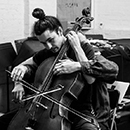
Friday, December 8, 2023 at 2:00pm
CFA Tunnels (meet in Zilkha Gallery second-floor lobby)
November
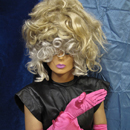
Friday, November 17, 2023 at 4:30pm
Ring Family Performing Arts Hall
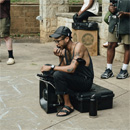
Friday, November 10, 2023 at 2:00pm
South Gallery, Ezra and Cecile Zilkha Gallery
October
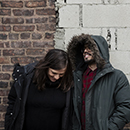
Friday, October 20, 2023 at 2:00pm
Joe Webb Peoples Museum of Natural History: Fourth Floor, Exley Science Center, 265 Church Street